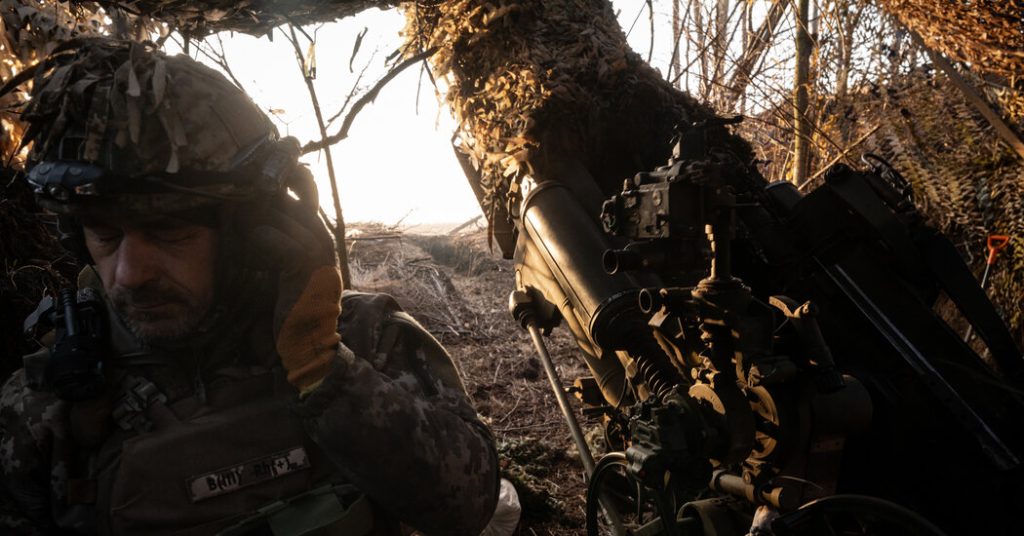The content discusses the evolution of Project Maven, an artificial intelligence tool developed by Google to help the military detect potential targets on the battlefield using drone footage. The project triggered a revolt among Google employees, forcing the company to back out, but it continued through other contractors and is now being tested on the front lines in Ukraine. While the tool has provided a new way for military commanders to predict troop movements and attacks, the American experience in Ukraine highlights the challenges of integrating 21st-century technology into 19th-century warfare tactics.
The war in Ukraine has become a testing ground for the United States military, allowing them to explore new technologies and strategies to counter Russian forces. The conflict has shown that while advanced technology can provide valuable intelligence and insights, it may not be enough to turn the tide of the war. The Pentagon is also grappling with legal and ethical questions about how deeply they should be involved in targeting and killing Russian troops, while still providing support to Ukrainian forces.
The Pit, an intelligence-gathering center within a U.S. base in Europe, has become a central hub for leveraging advanced technology to target Russian forces. The technology used in the Pit evolved from Project Maven and is designed to provide a comprehensive view of the battlefield to inform military decisions. The tension between providing support to Ukrainian forces without directly targeting Russians highlights the delicate balance the U.S. military is navigating in the conflict.
Ukraine has been at the forefront of reinventing drone warfare, with high school students working to develop inexpensive drones for targeted missions against Russian forces. The country has become a laboratory for drone innovation, with hundreds of start-ups emerging to develop new drone technologies. However, challenges persist in terms of maintaining a technological edge against Russia, as the country remains resourceful and well-supplied by allies like China.
Former Google CEO Eric Schmidt has become an advocate for developing a new generation of autonomous drones that could launch in swarms and communicate with each other to evade Russian air defenses. The shift towards disposable drones raises ethical questions about using artificial intelligence for targeting, while also acknowledging the potential for a new era of warfare. Schmidt acknowledges the potential moral concerns and the psychological impact of constant surveillance and the use of lethal technology in conflict zones.
Overall, the content highlights the complex interplay between advanced technology, military strategy, ethical considerations, and the realities of modern warfare in the context of the conflict in Ukraine. While technology has provided valuable insights and capabilities to inform military operations, it also underscores the enduring challenges of warfare, the adaptability of adversaries, and the need for a nuanced approach to leveraging technology in conflict situations. As the conflict in Ukraine continues to evolve, the U.S. military will need to navigate these complexities to support Ukrainian forces while also mitigating the risks and ethical dilemmas associated with advanced technology in warfare.















